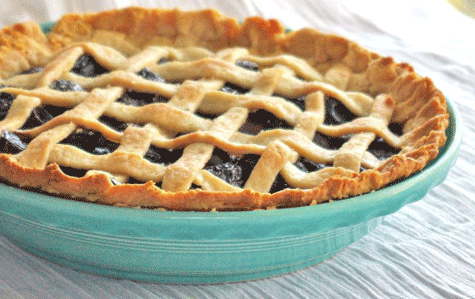Let’s propose you want a dark background for
a rug.
Look for some wool that is already on the way
to being darker. I like to use a
four value range on the value scale for this type of work ie: #4 #5 #6 #7.
It helps to save on dye
if you are starting out with medium values for dyeing darks.
Here are a group of close values, use
these to judge your selection.
Gather up different wool that fits a “mostly”,
they might be mostly green, mostly grey, mostly brown... just choose the mostly
that suits your purpose or what you have on hand. Use textures and little bits
you might have leftover too. No need to worry about running out. Just make sure
they fit your chosen “mostly”
Here are the Mostly Greys for Old
Stormy before dyeing
METHOD
Wet your wool as usual with synthrapol or the
wool wetter of your choice, shampoo without conditioner will work if you have
nothing else.
Chose one dye from your selection that will get
you the results you desire. Keep in mind what happens to certain colours when
they are dyed with another, for instance, blue dyed over brown becomes tealish.
Maybe you will want to add some black dye to deaden or some brown dye to dull
according to what you need your dark areas to look like. Make that judgment as
you dye. It takes about 1/2 tsp of darker dyes to make this much wool darker
and keep in mind lighter dyes such as yellow will not make a dark colour for
you.
A series of blue greenish wool over-dyed with
black will give you a cool black. For a warmer one look for a “mostly” that are
brown.
Old Stormy
Gather 6 pieces of random grey textures and
solids equaling 8 oz or 3/4 of a yd. Arrange them from light to dark and add
them in that order. This will let more dye go into the lighter wool and less
for the darker wool keeping the
marriage close in values.
These were over-dyed with Majic Carpet Dyes. 1/4 tsp. Blue + 1/8th
tsp. Black in a dye bath with plenty of room, with minimum stirring. Add 1/4
tsp of citric acid after 10 minutes.
When water clears rinse wool well and dry.
When you hook these types of backgrounds try
random irregular sections of colour dispersed without planning.





























